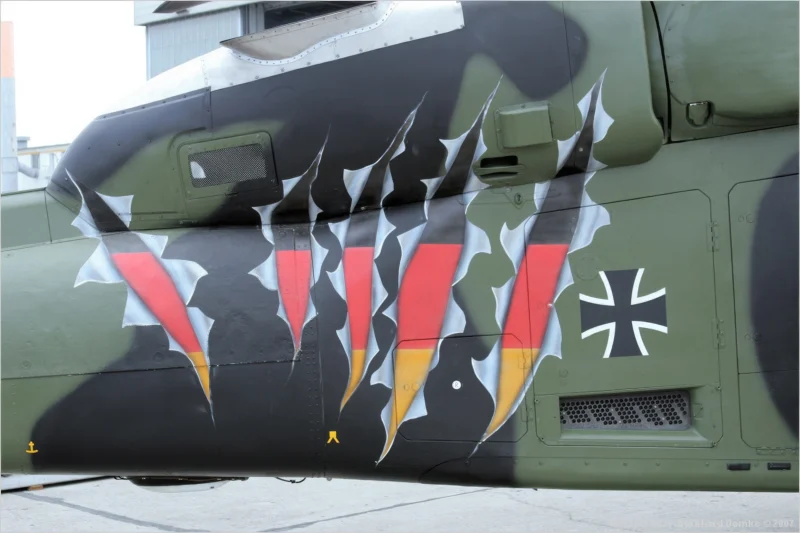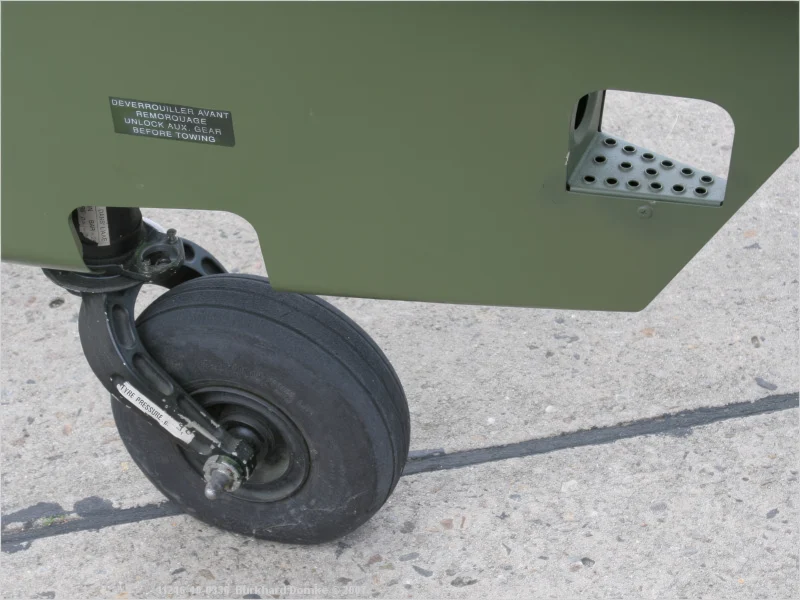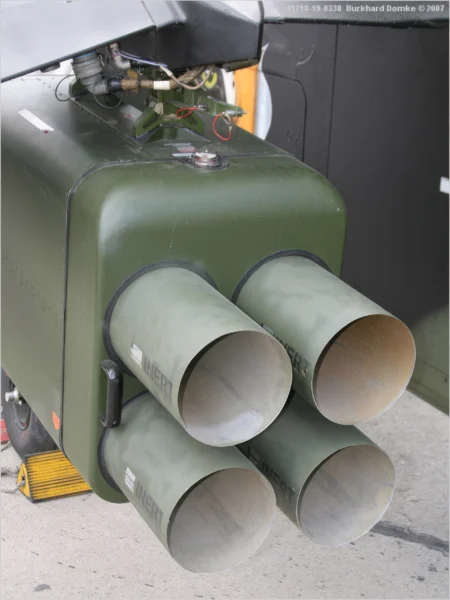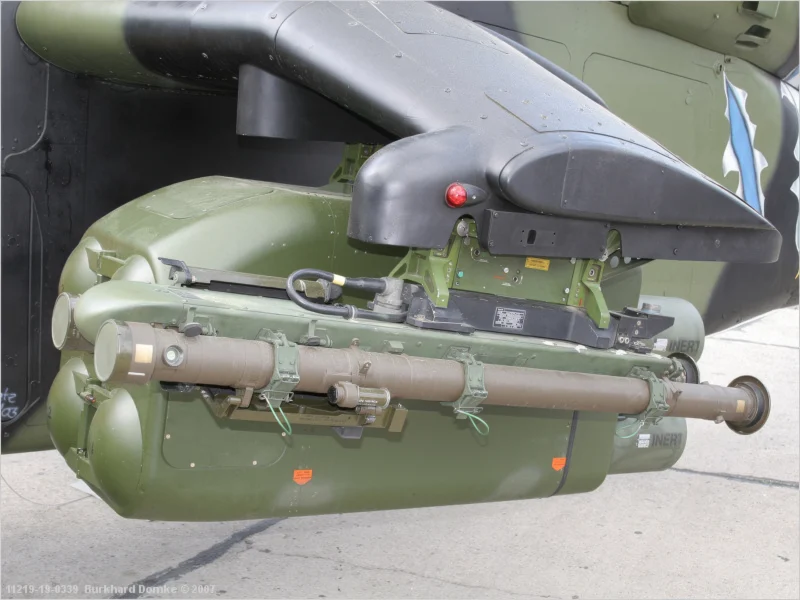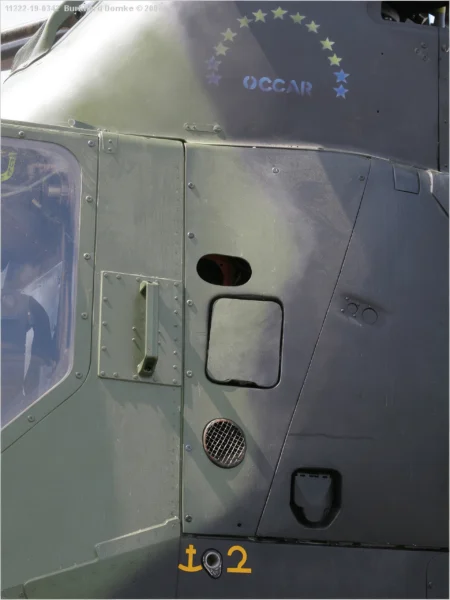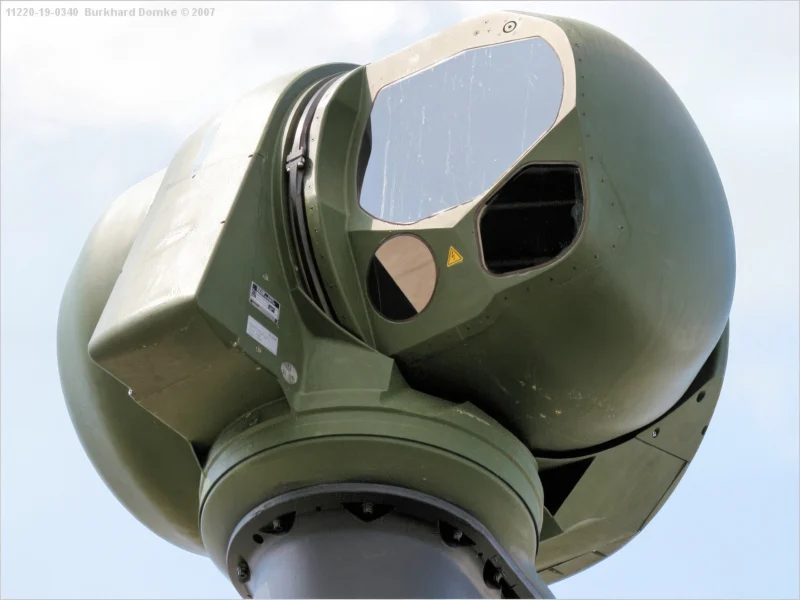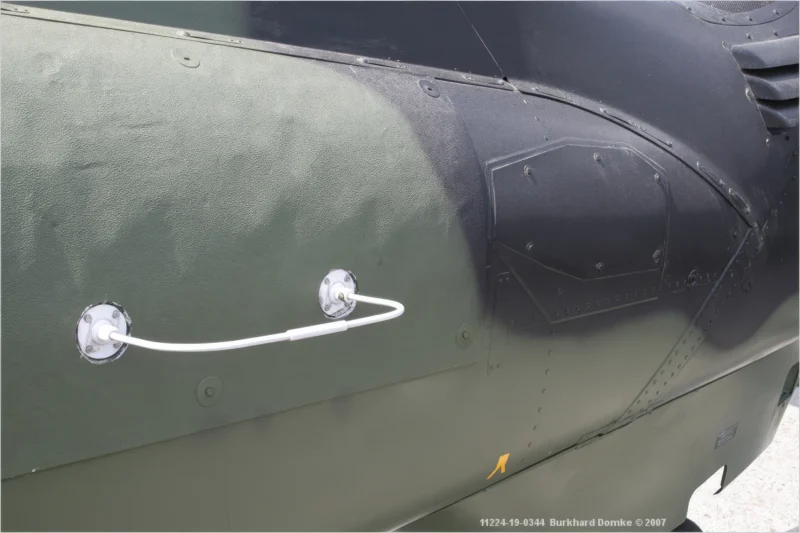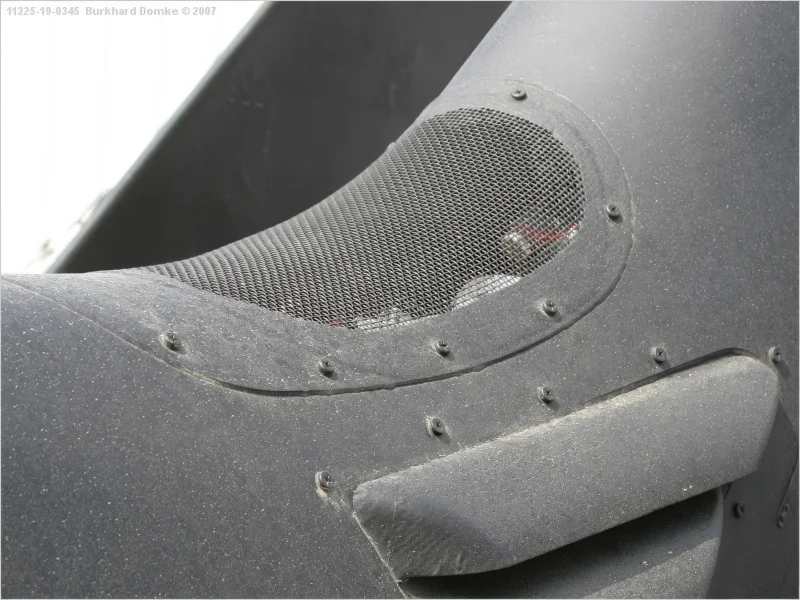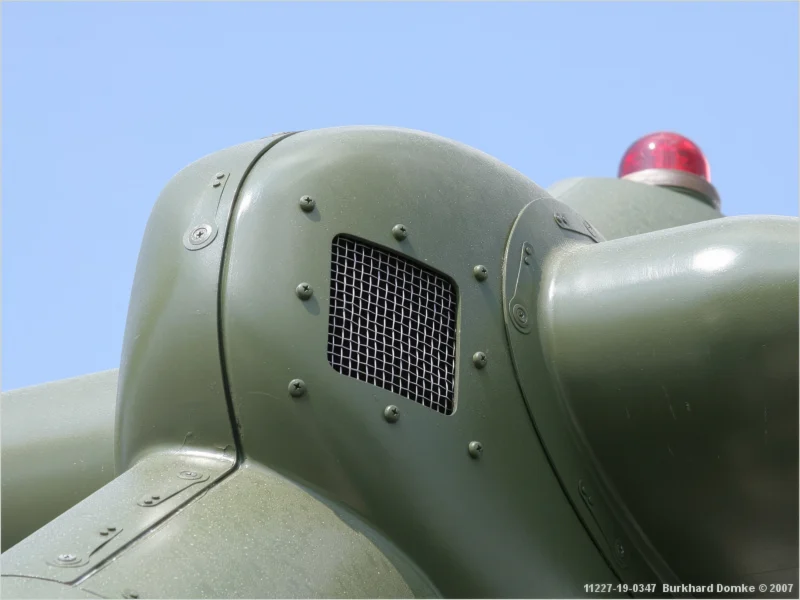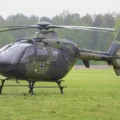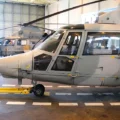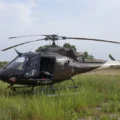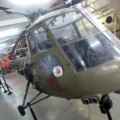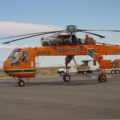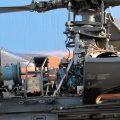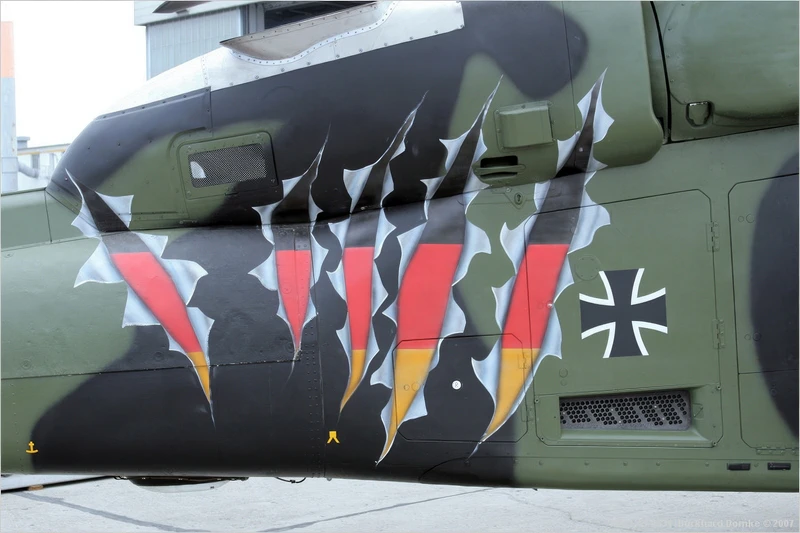
Eurocopter Tiger | |
|---|---|
| Country | France/Multinational |
| Role | Attack helicopter |
| First Fly | 27 April 1991 |
| Built | 180+ |
The Eurocopter Tiger (now Airbus Helicopters) is a four-bladed, twin-engined attack helicopter which first entered service in 2003. It is manufactured by Eurocopter (now Airbus Helicopters), the successor company to Aérospatiale’s and DASA’s respective helicopter divisions, which designate it as the EC665. Following their languages, in Germany it is known as the Tiger; in France and Spain it is called the Tigre.
Source: Eurocopter Tiger on Wikipedia
| Eurocopter EC665 Tiger PT3R Walk Around | |
|---|---|
| Photographer | Burhand Donke |
| Localisation | Unknow |
| Photos | 42 |
See also:
General Characteristics
The Eurocopter (now Airbus Helicopters) EC665 Tiger is a tandem-seat, twin-engine attack helicopter developed primarily by France and Germany. Noteworthy for being the first all-composite helicopter developed in Europe, its design emphasizes low radar and infrared signature, high agility (capable of negative G maneuvers), and high survivability. It operates in multiple roles, including armed reconnaissance, anti-tank warfare, and fire support. The EC665 entered service in the early 2000s and has seen combat use in Afghanistan, Mali, and other operational theaters.
| Property | Typical Value (Varies by Variant) |
|---|---|
| Role | Attack, Armed Reconnaissance, Close Air Support |
| National Origin | Multinational (France/Germany) |
| Manufacturer | Airbus Helicopters (formerly Eurocopter) |
| First Flight | April 27, 1991 |
| Service Entry | 2003 |
| Crew | 2 (Pilot in front, Gunner/WSO in rear) |
| Length (Fuselage) | 14.08 m (46 ft 2 in) |
| Main Rotor Diameter | 13.0 m (42 ft 8 in) |
| Max Takeoff Weight | 6,100 kg (13,448 lb) (HAP) to 6,600 kg (14,550 lb) (UHT) |
Powerplant and Performance
- Engine: 2 x MTU Turbomeca Rolls-Royce MTR390 turboshaft engines.
- Power Output (HAP/UHT): 958 kW (1,285 shp) each.
- Power Output (HAD/ARH): Enhanced MTR390-E engines with higher power.
- Maximum Speed: Up to 315 km/h (196 mph; 170 knots).
- Cruise Speed: Approx. 270 km/h (168 mph).
- Service Ceiling: 4,000 m (13,000 ft).
- Maximum Range (Internal Fuel): 800 km (500 mi).
- Ferry Range: Up to 1,300 km (810 mi) with external tanks.
- Survivability: 80% composite airframe, ballistic protection, crashworthy self-sealing fuel tanks, and extensive countermeasures suite.
Armament and Variants
- Common Internal Gun: 1 x 30 mm GIAT 30 cannon in chin turret (HAP, HAD, ARH variants) with 450 rounds.
- Hardpoints: Four under-wing hardpoints.
- Key Variants and Armament:
- HAP (Hélicoptère d’Appui Protection, France): Close air support/protection. Armed with 30mm cannon, 68mm unguided rockets (SNEB), and Mistral air-to-air missiles (AAMs).
- UHT (Unterstützungshubschrauber Tiger, Germany): Fire support/anti-tank. Equipped with mast-mounted sight (Osiris), PARS 3 LR “fire-and-forget” and HOT 3 anti-tank missiles, and Stinger AAMs. It lacks the internal 30mm cannon.
- HAD (Hélicoptère d’Appui Destruction, France/Spain): Support and attack. Features uprated engines, 30mm cannon, Hellfire II or Spike-ER anti-tank missiles, and Mistral AAMs.
- ARH (Armed Reconnaissance Helicopter, Australia): Australian variant. Carries Hellfire II anti-tank missiles, 70mm rockets, and 30mm cannon.
- Avionics: Equipped with a glass cockpit, helmet-mounted displays (HMD, e.g., TopOwl), digital map displays (EUROGRID), and advanced sensor/targeting systems that vary by role (e.g., Strix roof-mounted sight on HAP, Osiris mast-mounted sight on UHT).
Views : 1019
